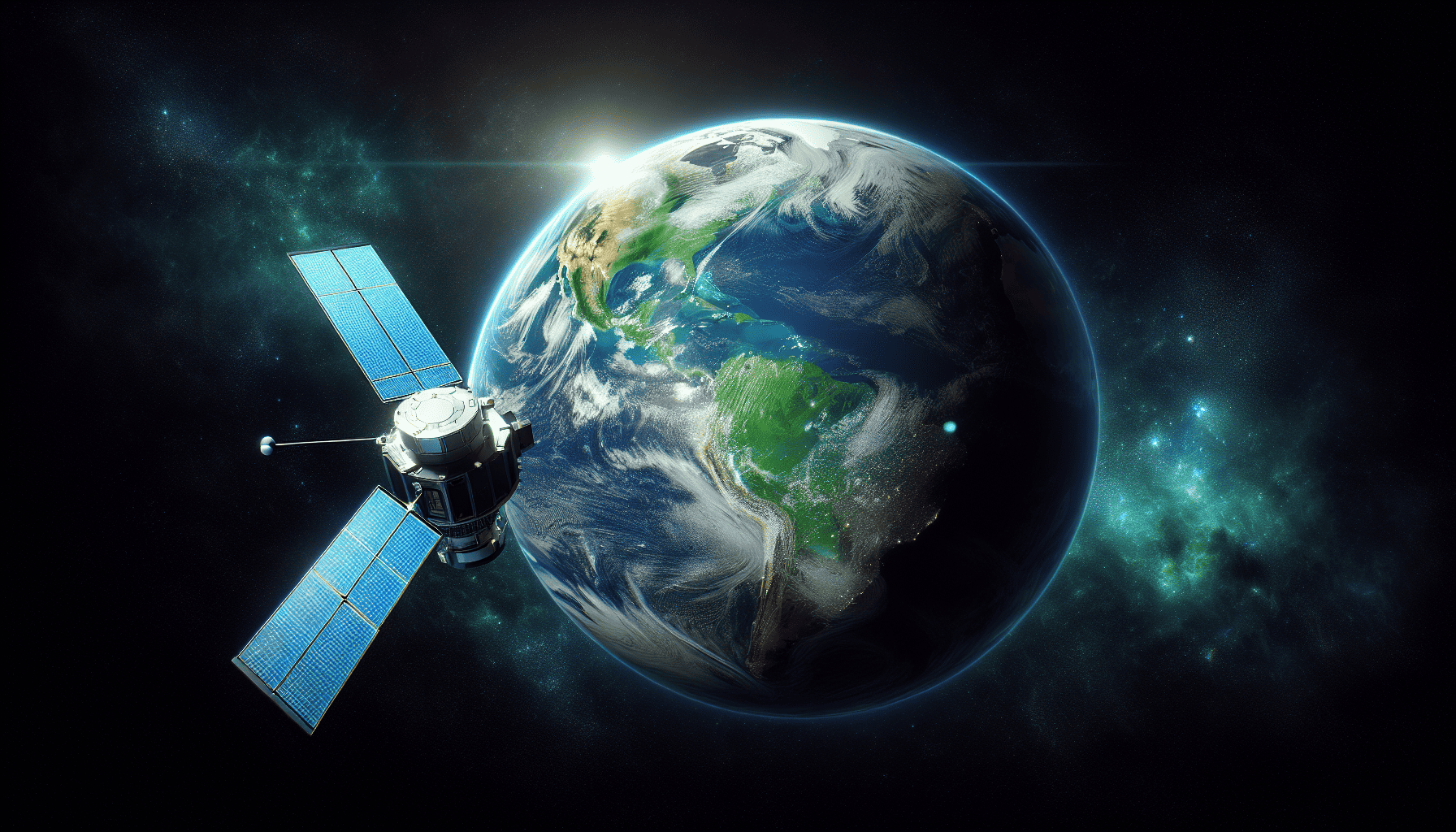In recent years, satellite technology has experienced a remarkable evolution, reshaping the landscape of global communications and weather forecasting. From streamlining connectivity across vast distances to enhancing our understanding of atmospheric dynamics, these innovations are revolutionizing how we interact with the world and predict its changes.
One of the most significant advancements in satellite technology is the proliferation of low Earth orbit (LEO) satellites. Unlike traditional geostationary satellites, which orbit at higher altitudes, LEO satellites travel closer to the Earth, allowing for much lower latency in data transmission. Companies like SpaceX, with its Starlink project, are deploying massive constellations of LEO satellites to provide high-speed internet access to remote and underserved regions. This initiative, along with others similar in scope, aims to bridge the digital divide, enabling everything from educational enhancements to improved healthcare access in rural areas.
Besides enhancing global communications, satellite technology is playing a crucial role in advancing weather forecasting. The integration of sophisticated sensors and imaging technologies into weather satellites is providing meteorologists with unparalleled insights into atmospheric conditions. Updated models and real-time data collection help improve the accuracy of weather forecasts, allowing for better preparation and response to extreme weather events. Such advancements are crucial in an era where climate change is making weather patterns increasingly unpredictable and severe.
Furthermore, the miniaturization of satellite technology has opened doors to an array of scientific and commercial applications. Small satellites, often referred to as CubeSats, are revolutionizing the industry by offering a cost-effective means of obtaining satellite data. These compact devices can be launched in swarms, providing consistent monitoring of environmental changes, agricultural yields, and even urban development. Their affordability and versatility are democratizing access to space, allowing not only large corporations but also educational institutions and startups to contribute to satellite-based research and applications.
The challenges accompanying these developments are not without their share of significance. The burgeoning number of satellites in orbit raises concerns about space debris and the sustainability of our orbital environment. Addressing these issues will require international cooperation and the development of effective strategies for collision avoidance and end-of-life satellite management.
Despite these challenges, the opportunities that modern satellite technology presents are immense. They are becoming indispensable tools in facing some of humanity's most pressing challenges, from monitoring climate change to enhancing disaster response capabilities.
As satellite technology continues to advance, integrating artificial intelligence and machine learning will further amplify their potential. These technologies will enable satellites to process vast amounts of data autonomously, identifying patterns and anomalies that might elude human analysis. This progression promises to make satellite technology even more instrumental in fostering a connected, informed, and resilient global society.
In conclusion, the transformation brought about by cutting-edge satellite technology is not just a technical achievement but a testament to human ingenuity and adaptability. As these technologies become more sophisticated and accessible, they hold the promise of connecting us more closely with our planet, equipping us with the tools needed to make informed decisions for the future.
